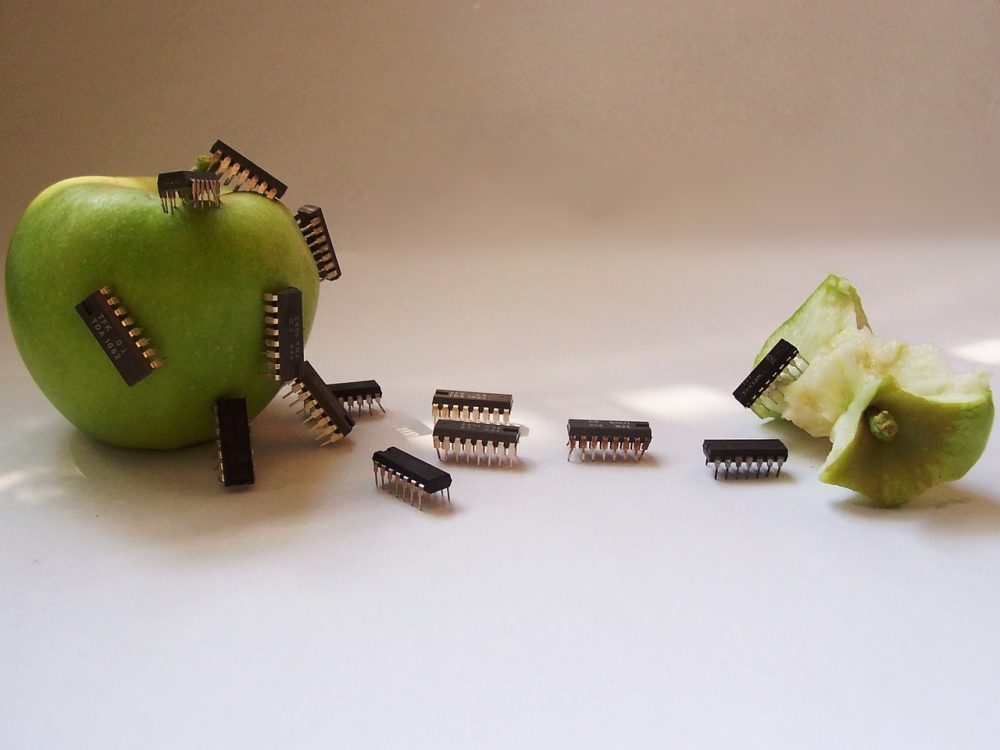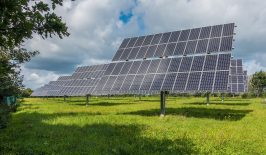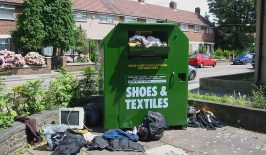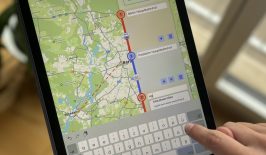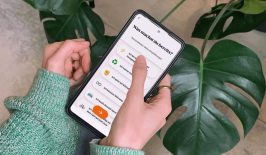Drones have proven to be a valuable tool for transporting aid supplies to hard-to-reach regions. They are already delivering medicines when areas can only be reached by air after earthquakes or floods. However, the load capacity of autonomous aircraft is limited. But what would it be like if the drone itself became – at least partially – a source of nutrients? As contradictory as this may sound, the ROBOFOOD team, in collaboration with Wageningen University in the Netherlands, has already built a drone with wings made of rice cakes glued together with cooking oil and chocolate. With this design, the drone is 50 percent edible.
Swiss-Italian roboticist and engineer Professor Dario Floreano is leading the EU-funded ROBOFOOD project, which aims to develop edible electronics and digestible robots. In addition to the drone, Floreano and his team have also built other “tasty treats”.
Edible electronics, digested by humans
In collaboration with the British University of Bristol, the team has developed sensors that can be digested in the human body. The project has also worked on an edible version of the component that makes a robot functional. The so-called actuator helps autonomous machines to perform physical movements by converting energy into mechanical force. The edible electronic part of ROBOFOOD is thus a big step towards fully functional and edible robots that can perform missions in our bodies.
Research into “electronic food” is also being conducted elsewhere. In March 2023, the ELFO project team presented the very first rechargeable edible battery. It was made from common food ingredients and food supplements and coated in beeswax. Currently, its operating time is still modest at around 10 minutes. However, the development raises hopes that future versions could power medical devices.
The ELFO scientists have identified gold leaf, honey, dyes and pigments as other potential candidates for edible insulators, conductors and semiconductors. Beta-carotene, the dye that gives carrots, pumpkins, sweet potatoes and mangoes their yellow colour, could be a good natural semiconductor, for example. Of course, it is important to process it correctly.
How good are edible electronics at reducing electronic waste?
However, the fusion of food science and robotics could not only advance medicine or provide important services in emergency aid: if the edible drone is accidentally left behind in the environment, it is at least partially biodegradable. This means it leaves behind less waste than its plastic relatives. Electronics made from materials that can be easily degraded or even digested help to reduce the growing quantities of electronic waste worldwide. Because what our digestive tract can handle is also biodegradable in nature.
Researchers are utilising this in environmental monitoring. Empa researchers have developed a biodegradable drone with sensors that can collect important environmental data in places that are difficult to access. The cucumber-shaped glider is made of potato starch and the sensors are protected by a layer of nanofibrillated cellulose.
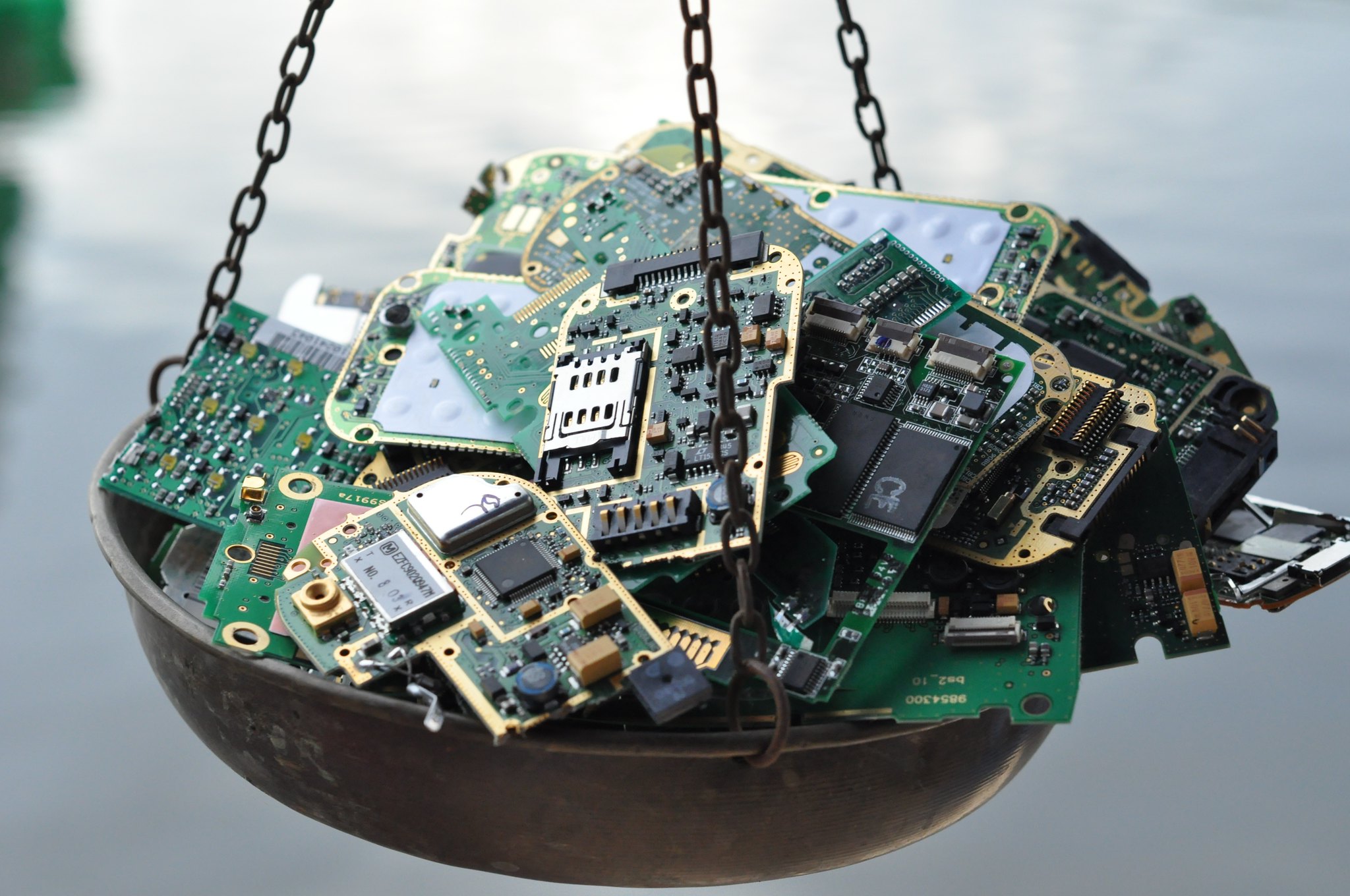
Circuit boards made from mushrooms
A team from the Johannes Kepler University in Austria has also copied a solution from nature. In a study recently published in Science Advances, they have developed a new material from a forest fungus that could be used as a replacement for plastic circuit boards in certain electronic devices.
From edible drones to a digital ecology
Before the first 100 percent edible drone arrives, there are a few hurdles to overcome. The biggest challenge for the missiles and other edible electronics is to find materials that are both digestible and robust. The drones must be able to withstand wind, rain and high temperatures. And the electronics in our bodies should not be digested before they have fulfilled their respective missions.
The findings from the projects will definitely contribute to the further development of edible electronics. And ultimately, not only medicine can benefit from the concept of “digital ecology”, but also nature.
